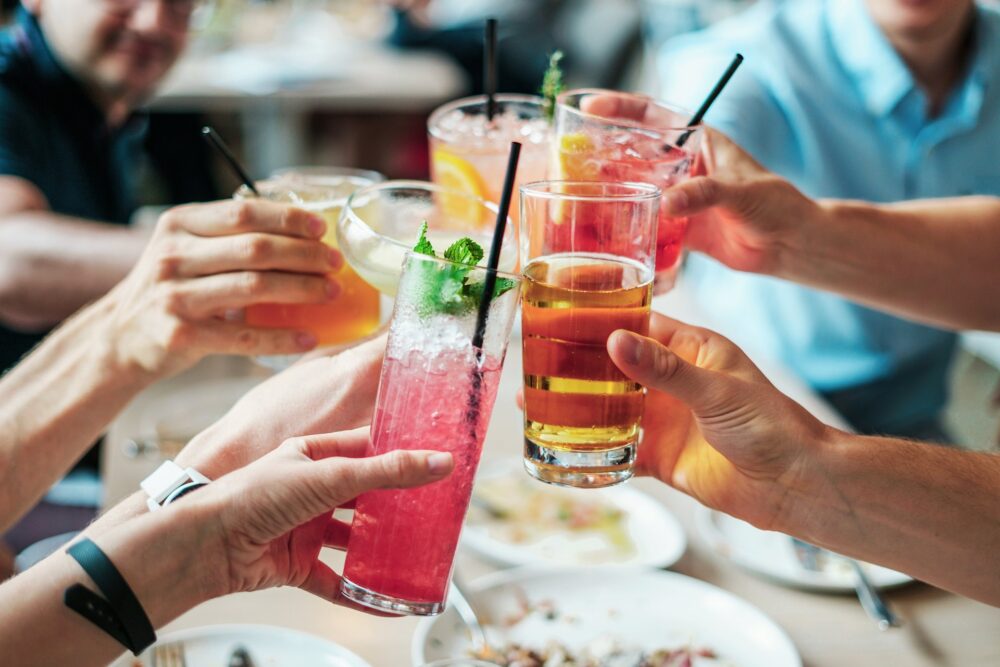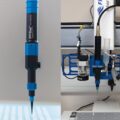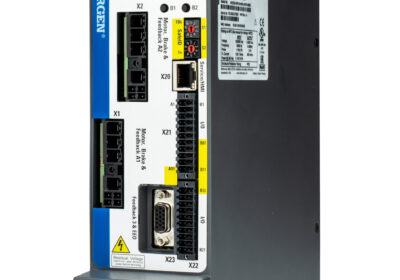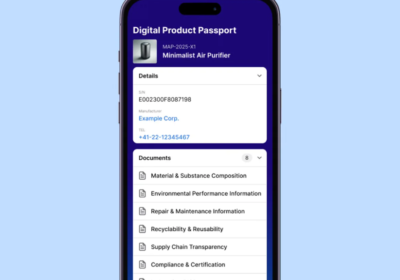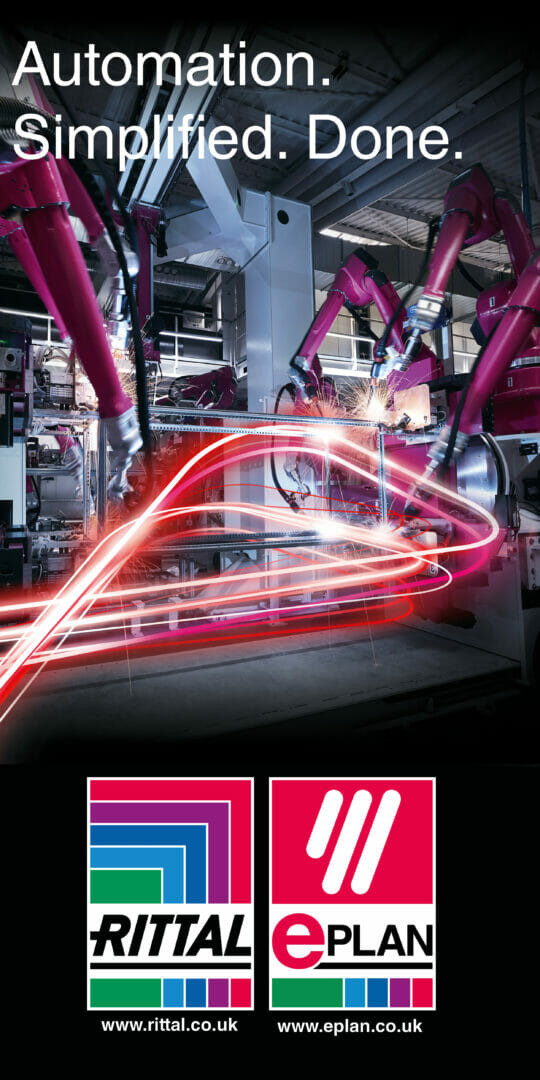~ Catering to the low- and no-alcohol market in Dry January and beyond ~
Many of us are considering ways to improve our health in the New Year. One option is Dry January — a month-long challenge where individuals abstain from consuming alcohol. Coupled with the growing popularity of alcohol-free beverages, this movement highlights the need for manufacturers to rethink their production strategies. Here Stephen Hayes, managing director of automation and control specialist, Beckhoff UK, explains how automation can help food and beverage manufacturers cater to the low- and no-alcohol market.
According to data from IWSR Drinks Market Analysis, global sales of non-alcoholic and low-alcohol beverages are expected to grow at a CAGR of 6 per cent between 2023 and 2027, with alcohol-free beer being the main driving force. In the UK, the revamp of the alcohol duty is likely to encourage growth in low-alcohol products — drinks below 3.5 per cent ABV now qualify for a new lower rate of duty which, per litre of alcohol, is typically less than half of that imposed on drinks over 3.5 per cent.
In tandem, the Dry January movement has witnessed exponential participation. The first edition in 2013 saw 4,000 people take part. Skip ahead to 2023, and over nine million people planned to give up alcohol for the month. These figures highlight a clear pivot towards health-conscious choices and the desire for alcohol-free options.
How to adapt
This shift presents both an opportunity and a challenge for manufacturers. Producing alcohol-free drinks isn’t as simple as removing alcohol from a recipe — it involves balancing taste, quality and production efficiency. Traditional production methods for alcoholic beverages rely on fermentation, which inherently produces alcohol. Removing it while maintaining the beverage’s flavour profile often requires complex processes like vacuum distillation or reverse osmosis.
Brands like Heineken and Guinness are prime examples of companies leveraging innovation to thrive in the alcohol-free space. Heineken 0.0, for example, uses a proprietary process to brew and remove alcohol while preserving the beer’s traditional taste. Similarly, Guinness gently removes the alcohol through a cold filtration method that preserves the beer’s taste and character.
These brands illustrate the potential for combining innovative production methods with consumer-centric product design to achieve success. However, they also demonstrate some of the key challenges that manufacturers must overcome to make the most of this move towards low- and no-alcohol alternatives.
The need for flexibility
Traditional production lines are often designed with specific products in mind. Adapting these lines to produce alcohol-free alternatives requires equipment capable of quick changeovers and multi-functionality.
Automated systems equipped with modular hardware and software can be easily reconfigured to handle different production processes. For instance, a single production line could seamlessly switch between producing non-alcoholic beers, spirits and soft drinks maximising efficiency.
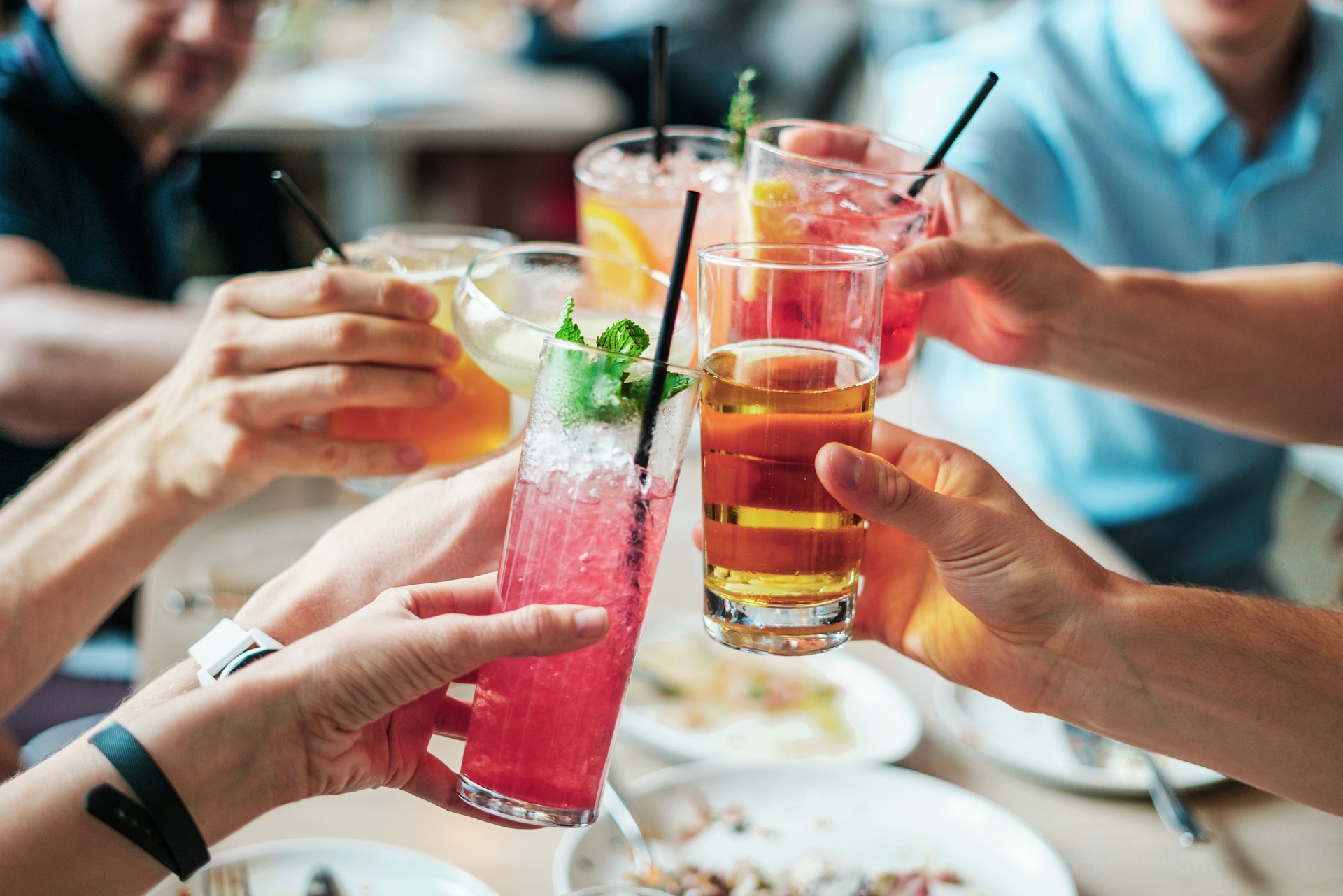
Maintaining quality
Manufacturers must also consider the impact that switching to low- and no-alcohol beverages will have on their product range. Technologies like advanced motion control and real-time data analytics ensure precision in mixing, bottling and packaging. Maintaining consistent quality is critical for alcohol-free beverages, as even minor deviations can alter taste or shelf life.
By using digital twins — virtual models of production lines — manufacturers can go one step further and simulate processes, test recipes and troubleshoot issues without disrupting operations. This accelerates the development of new alcohol-free products and optimises production efficiency.
Finally, alcohol-free drinks must adhere to strict labelling and production guidelines, which often differ across countries. This necessitates adaptable systems for tracking and ensuring compliance.
The alcohol-free trend is more than a passing fad — it reflects a profound change in consumer preferences. Beyond Dry January, demand for low- and no-alcohol drinks is likely to grow year-round as more people prioritise health and wellness. Food and beverage manufacturers must invest in technologies that allow for flexible, efficient and high-quality production.
For manufacturers ready to adapt, the opportunities are immense. The era of zero-alcohol innovation has arrived, and those who embrace it will shape the future of food and beverage production.

